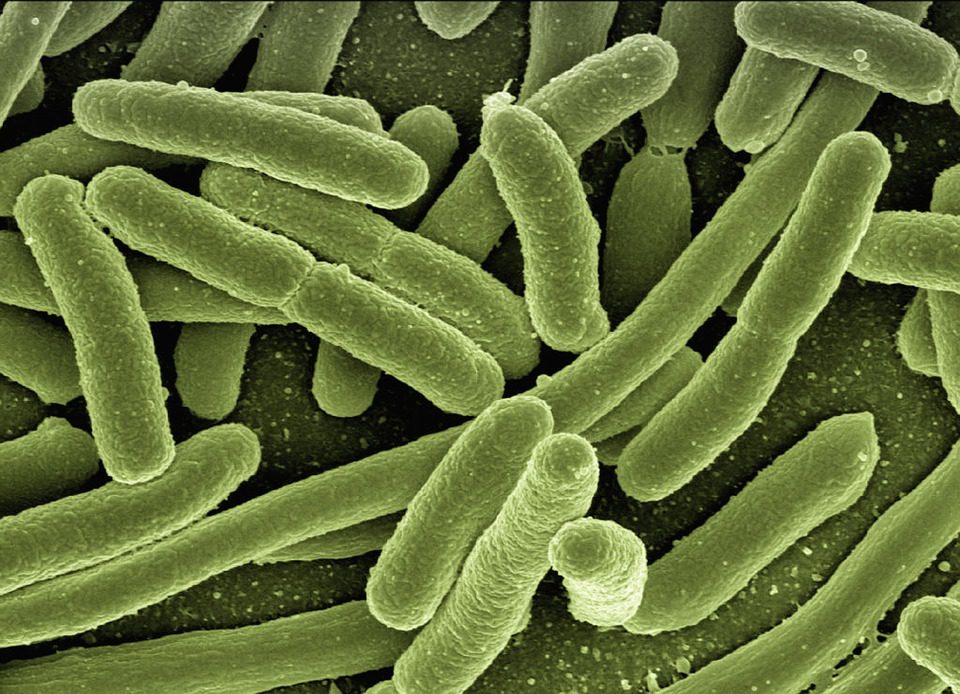Scientists have discovered how marine bacteria produce an anti-cancer compound that has been in development for years.
Salinosporamide A, commonly known as Marizomb, is an anti-cancer chemical now undergoing Phase 3 clinical tests for the treatment of glioblastoma, a kind of brain cancer. For the very first time, researchers have gained an understanding of the enzyme-driven mechanism that triggers the molecule.
According to the researchers, their study has resolved a nearly two-decades-old mystery of how a marine bacteria creates the weapon that is exclusive to the salinosporamide chemical, as well as opening the way to prospective biotechnology for the production of novel anti-cancer drugs.
So now scientists have figured out how this enzyme produces salinosporamide, they may use it to their advantage. This finding might be utilized as a foundation in the future to employ enzymes to make various forms of salinosporamides that can be employed to combat not just cancer but also illnesses of the immune function and parasitic illnesses.
Because the salinosporamide compound has an exceptional capacity to pass the blood-brain boundary, scientists believe this is one of the reasons why it is making headway in medical studies for glioblastoma. The compound has a ring configuration that is tiny yet complicated.
The enzyme in question is a prominent one in biochemistry; it is one that is engaged in the creation of fatty acids in people as well as antibiotics such as erythromycin in microorganisms, among other things.
It is possible for a given enzyme to generate both of the ring configurations, which are difficult for artificial chemistry to create in the laboratory. Scientists may now use this knowledge to alter the enzyme in order to discover variants that have the potential to inhibit certain kinds of sickness.
The study was published in Nature Chemical Biology.













Leave a Reply